License IP
If you own a patent, know-how, or other IP assets, you can commercialise and benefit from licensing your IP asset while relying on the business capacity, know-how, and management expertise of the licensee to exploit your innovation.
Question and answers
IP licensing is the agreement by which the owner of IP assets allows one or several third party(ies) to use or exploit the respective IP rights for a specific purpose and under specific conditions and duration, in return for a payment. The IP owner letting a third party exploit its IP is called the Licensor and the third party entitled to exploit the IP owner’s IP rights is called the Licensee.
Three types of licensing agreement are possible:
• Exclusive licence : Agreement in which a licensor renounces to exploit themselves and transfers the right to exploit their patents, trademarks, know-how, and/or other IP rights for the manufacture and/or distribution of a product to an exclusive and unique licensee, under specific conditions and duration.
Example: Under the license agreement, I renounce to use my inventions and allow the company XXX to use the patent in all jurisdictions covered except India, for the next 3 years.
• Non-exclusive licence: Agreement in which the licensor transfers the right to exploit their patents, trademarks, know-how, and/or other IP rights for the manufacture and/or distribution of a product to several licensees under specific conditions and duration, while conserving the right to exploit the IP right licensed themselves.
Example: Under the license agreement, I will continue to use my invention in the UAE. I allow the company ABC to exploit my invention (patent only) in the American market for the next 10 years. I allow the company XYZ to exploit my invention (patent and trademark) in France, Germany, and the UK for the next 6 years for the specific use only.
• Sole license: Agreement in which the licensor transfers the right to exploit their patents, trademarks, know-how, and/or other IP rights for the manufacture and/or distribution of a product to an exclusive and unique licensee, under specific conditions and duration, while conserving the right to exploit the IP right licensed themselves.
Example: Under the licensing agreement, I will continue to use my invention in the UAE market, and exclusively allow the company DEF to exploit my invention in China, Japan, and South Korea for the next 3 years. Please scroll down for an interactive questionnaire to find out which type of IP licensing agreement best fits you business goals. AD.iP provides a curated assortment of ready-to-use templates of licensing agreements for various types of IP.
• Lump sum: Financial compensation paid by the licensee in return of the rights granted by the licence agreement. It usually takes the form of a fixed amount determined upfront, which
can be a one-time payment or instalments.
• Royalty fee: Periodic fee paid by a licensee for the utilisation of the licensed IP right, based on pre-defined criteria, e.g. fee per product sold under the licence, percentage on the sales,
revenues resulting from licensee, etc.
If three years after its grant, a patent or utility certificate has not been exploited or has been inadequately exploited, any interested party who has been denied a licence on the invention can apply to the Abu Dhabi Federal Court of Appeal for a compulsory licence on the invention. This licence will be exclusive and will be used to meet the needs of the local market.
The interested party will have to prove that they made efforts to obtain a licence under reasonable conditions (price and commercial terms), and these conditions will be examined by the court.
The owner of the patent/certificate of utility will receive a fair compensation.
If the invention is pertinent to semiconductor technology, the compulsory licence will be issued for public non-commercial purposes only or to correct non-competitive practices.
Understanding the different licence types
Learn more









 For an optimal experience,
please
For an optimal experience,
please